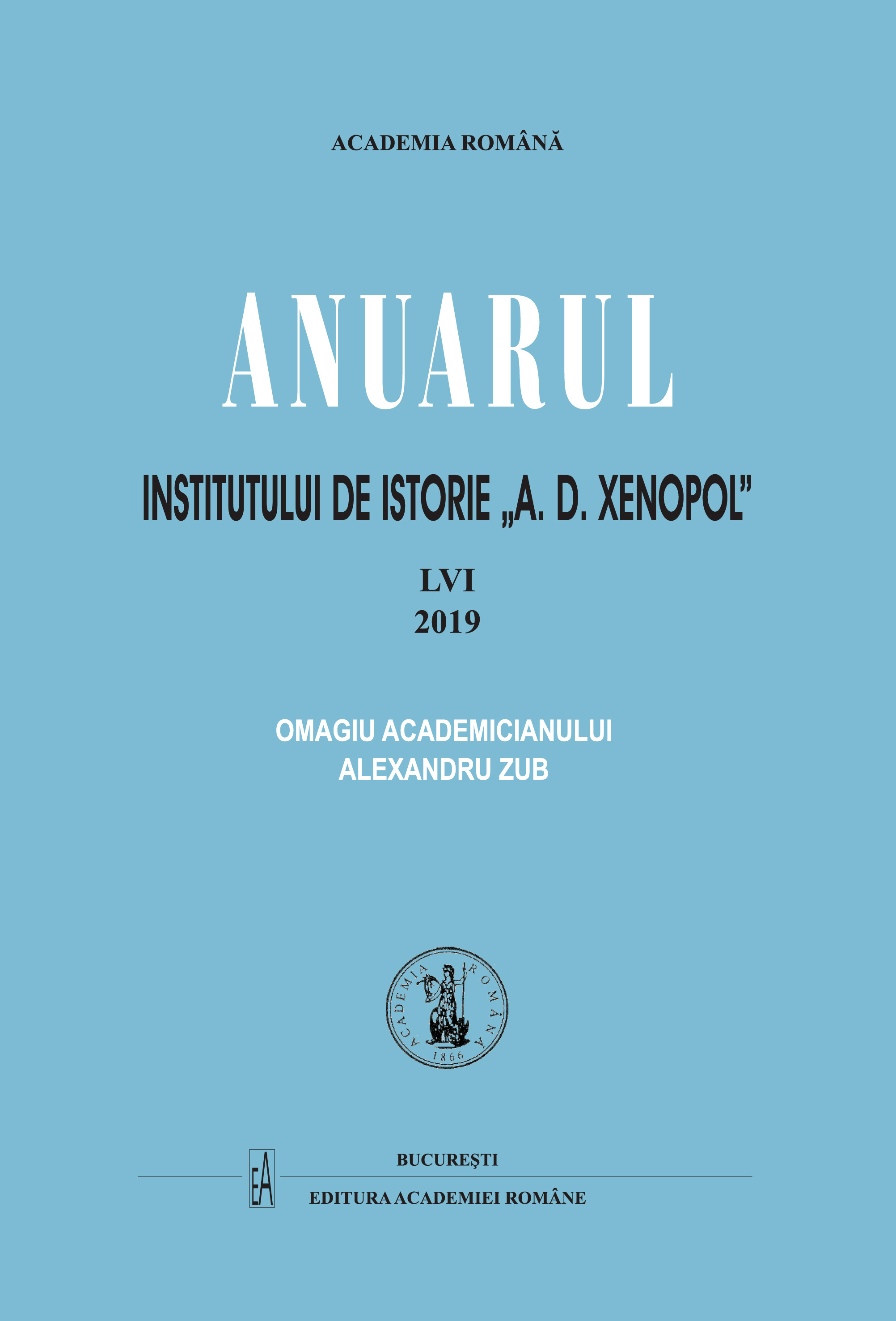1940: SFÂRȘITUL LETONIEI, SFÂRȘITUL UNOR MISIUNI DIPLOMATICE. GRIGORE NICULESCU-BUZEȘTI ȘI LUDVIGS EKIS ÎN FAȚA DRUMULUI SPRE CASĂ
1940: THE END OF LATVIA, THE END OF SEVERAL DIPLOMATIC MISSIONS. GRIGORE NICULESCU-BUZEȘTI, AND LUDVIGS EKIS FACING THE ROAD HOME
Author(s): Bogdan-Alexandru SchiporSubject(s): History, Diplomatic history, Recent History (1900 till today), Interwar Period (1920 - 1939), WW II and following years (1940 - 1949)
Published by: Editura Academiei Române
Keywords: Baltic States; Soviet Union; annexation; diplomatic mission; World War II;
Summary/Abstract: In the case of the mandate that Grigore Niculescu-Buzești fulfilled in the Latvian capital, attention is drawn by the accuracy of the reports and the political-diplomatic analysis carried out by the Romanian diplomat. A careful and detailed study of the telegrams he sent to Bucharest from the Baltic capital can reveal to anyone, on the one hand, the concerns, fears, tensions and hopes of the authorities in Riga, as well as the Latvian society, in the context of the Soviet-German pact from August 23, 1939, of the outbreak of war and of the relationship with the Soviet Union, and on the other hand the mechanisms and resorts of Moscow’s aggression, the chro-nology of the small steps that led to the annexation of the Baltic countries by the great neighbour from the East in June 1940. Specifically, the diplomatic correspondence of Niculescu-Buzesti from the Latvian capital can expose in detail what some authors have termed the “technology of aggression”. Until August 1940, the Romanian diplomat sent to Bucharest numerous telegrams in which the stages of annexation can be clearly and accurately captured. The number of documents and the quality of the information and analysis show, on the other hand, the high interest of Bucharest in relation to what was happening in the Baltic states at that time, the Soviet neighbourhood being the common factor that linked Romania to the three small countries or Finland at that time. However, if the end of independent Latvia also marked the end of Niculescu-Buzești’s mission in Riga, so too was the termination of the mandate of Ludvigs Ekis, Minister of Latvia accredited to Romania and Hungary, from October 1939, as well as to Turkey starting with April 1940. In a report prepared on December 23, 1942 Ekis testified that his arrival in Romania was an accidental one, due to the fact that almost the entire foreign diplomatic corps from Warsaw left for Bucharest in September−October 1939. After the annexation of Latvia by the Soviet Union, the diplomat, however, realized that Bucharest was not the best place to serve the democratic inte-rests of his country, so he considered his departure to Budapest, Bern or to the United States of America. Finally, Ludvigs Ekis handed over his duties from Bucharest to his legation secretary and left for Budapest first, because his application for a Swiss visa was refused, on the grounds that it was filed with a delay of several days. Later, with the help of Latvian Minister in Washington, Alfreds Bilmanis, he would arrive in the United States.
Journal: Anuarul Institutului de Istorie »A.D. Xenopol« - Iaşi
- Issue Year: LVI/2019
- Issue No: 56
- Page Range: 305-314
- Page Count: 10
- Language: Romanian

